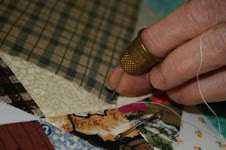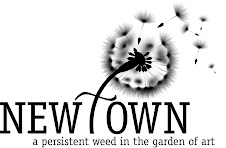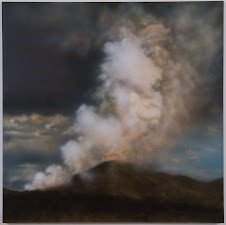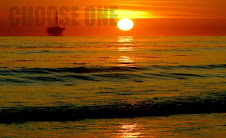 ecoLOGIC was inspired by the College Art Association (CAA) conference, which took place in Los Angeles in 1999, where a group of dedicated artists joined together to present a comprehensive studio session entitled Off the Mainstream, Into The Mainstream. The session included three chairs and nine artists presenting the state of environmental art in the 1990s, including ecoLOGIC artist Kathryn Miller, who was one of 9 artists from California that participated. Ten years later, CAA 2009, is once again in LA, although this time there are several panels including artists who are taking action to address the affects of climate change, environmental disasters, and our interdependence with nature.
ecoLOGIC was inspired by the College Art Association (CAA) conference, which took place in Los Angeles in 1999, where a group of dedicated artists joined together to present a comprehensive studio session entitled Off the Mainstream, Into The Mainstream. The session included three chairs and nine artists presenting the state of environmental art in the 1990s, including ecoLOGIC artist Kathryn Miller, who was one of 9 artists from California that participated. Ten years later, CAA 2009, is once again in LA, although this time there are several panels including artists who are taking action to address the affects of climate change, environmental disasters, and our interdependence with nature.If you click on the CAA logo you will go to the conference sessions page.
Patricia Watts, curator of ecoLOGIC and founder/curator of ecoartspace will be presenting at CAA on Saturday, February 28th for the session "Land Use in Contemporary Art, Part II." The session runs from 2:30 PM–5:00pm in the Concourse Meeting Room 407, Level 2 at the Los Angeles Convention Center. Session Chair is , University of Nevada, Las Vegas. Presenters include: On Wheat ; Urban Earthworks: Land Art and Gender in 1970s New York; Scratches, Roads, and Monuments: Ground Truth in Land Arts of the American West "Mushrooms|Clouds": Museums, Interdisciplinary Networks, and Environmental Initiatives Land Ethics: Post–Land Art
































